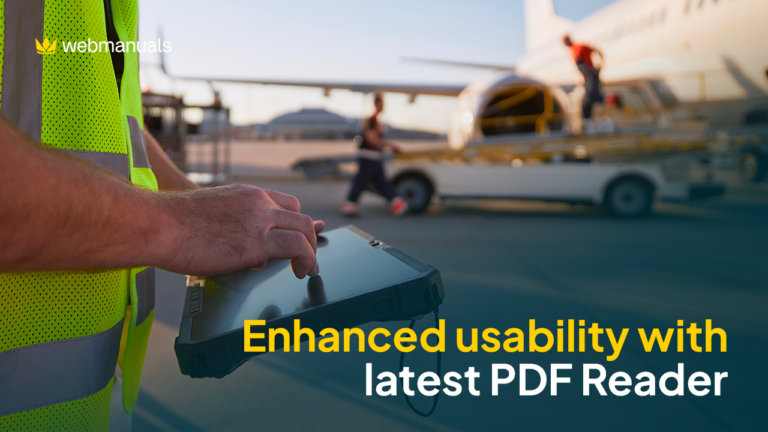Demand for air cargo bounced back in 2022. Yet, the freight market was not immune to the supply chain delays, capacity constraints and sanctions imposed on Russian airspace that created significant headwinds for aviation. As a result, it goes without saying that a priority for air cargo operators in 2023 will be sustaining growth, maximizing profit margins and learning from last year’s setbacks. One of the most effective ways to do this is through exploring ways to digitize, in order to be more adaptable to the evolving aviation landscape.
From a wider perspective, digitalization can support operators to evolve their supply chain strategies and enhance network efficiency through advanced systems and machinery. But for this to be achieved, digital tools need to be implemented at the base level to not only ensure operational safety and compliance with new regulations, but to also provide the foundation for digital growth.
The importance of digital innovation has been recognized by the International Air Transport Association (IATA) and listed as a key priority for cargo carriers in 2023. The regulator measures the value of digitalization against its time saving and safety benefits, as well as the overriding quality of an operation or supply chain. In February, IATA held its 2023 Digital Cargo Conference to encourage more open discussions around the modernization of cargo standards and to provide a platform for the latest worldwide developments in regulation, business processes and technology.
The European Union Aviation Safety Agency (EASA) also distinguishes the significance of digital transformation within regulatory compliance. From December 2, 2022, the organization revised its Part 145 safety requirement. The new issue comes with a two-year transition period and states that maintenance companies are now required to implement a safety management system (SMS) to incorporate thorough hazard identification, risk management and safety assurance processes. Maintenance departments of cargo operations will also be required to comply to the latest regulation amendment. The growing need to digitalize safety information, highlighted by regulators such as IATA and EASA, will drive the industry to lean further into digitalization and technological integration.
A key benefit of implementing a digital safety management system is the ability to stay up to date with revised safety regulations. Though operators have built resilience to last-minute regulatory changes due to the Covid-19 pandemic, that’s not to say managing the related documentation isn’t a laborious and time-consuming task. This holds particularly true for cargo operators who work from a plethora of specific safety manuals, relative to the transportation of certain goods.
While we hope border restrictions and quarantine measures draw to a close in 2023, cargo operators still need to be aware of IATA’s revised cargo manuals, including changes to its Dangerous Goods Regulations, Cargo Operations Manuals and Ground Operations Manuals. Having a digital system in place means operators can stay aware of pending regulation amendments, while highlighting how these could be connected to their existing operational manuals and providing the correct guidelines for change.
Beyond enhanced regulatory compliance, moving to a paperless platform brings about significant time and cost savings, which is particularly important at a time when cargo operators look to avoid last year’s inefficiencies. For system administrators and airline document managers, manuals can be easily edited and distributed throughout the wider team, minimizing the risk of human error and assuring safety throughout each stage of an operation.
New innovations have the potential to revolutionize the cargo sector in different ways and will continue to shape the future of our industry and how it operates. Though the evolution of digitalization is just getting started, implementing the correct digital tools that work to simplify day-to-day operations will lay a solid foundation for digital growth.




